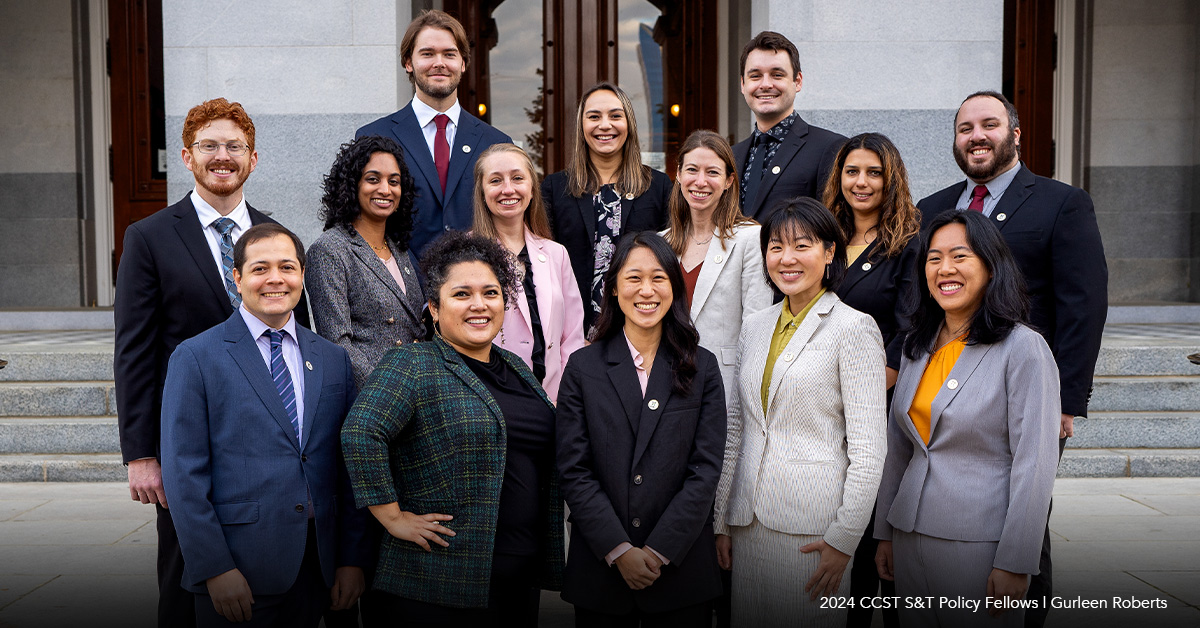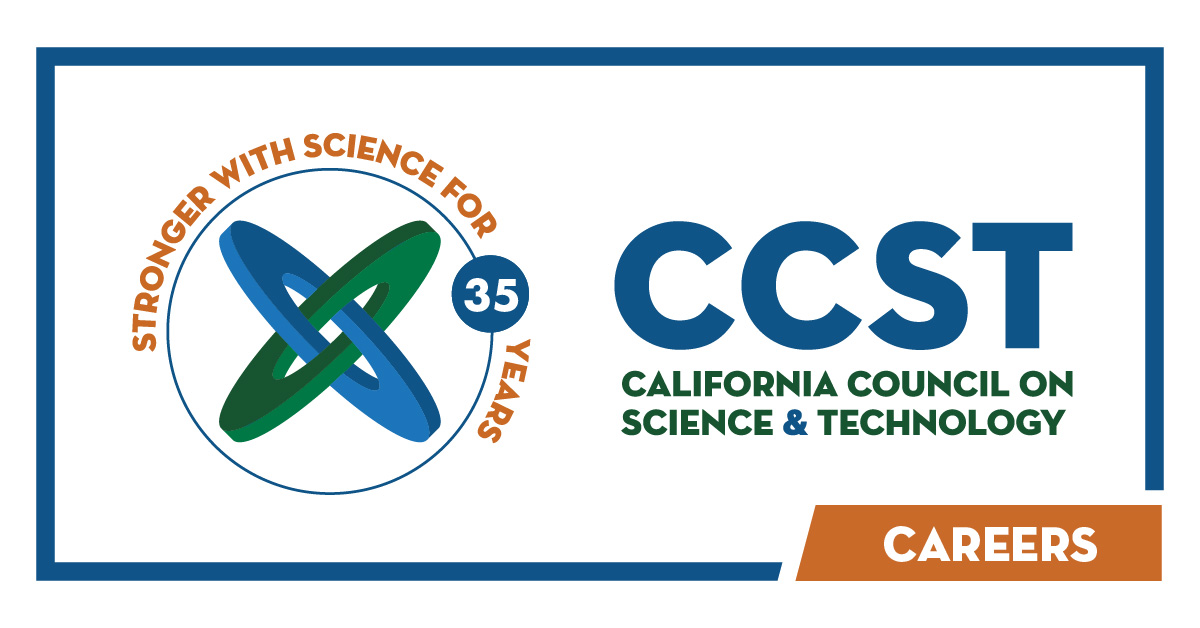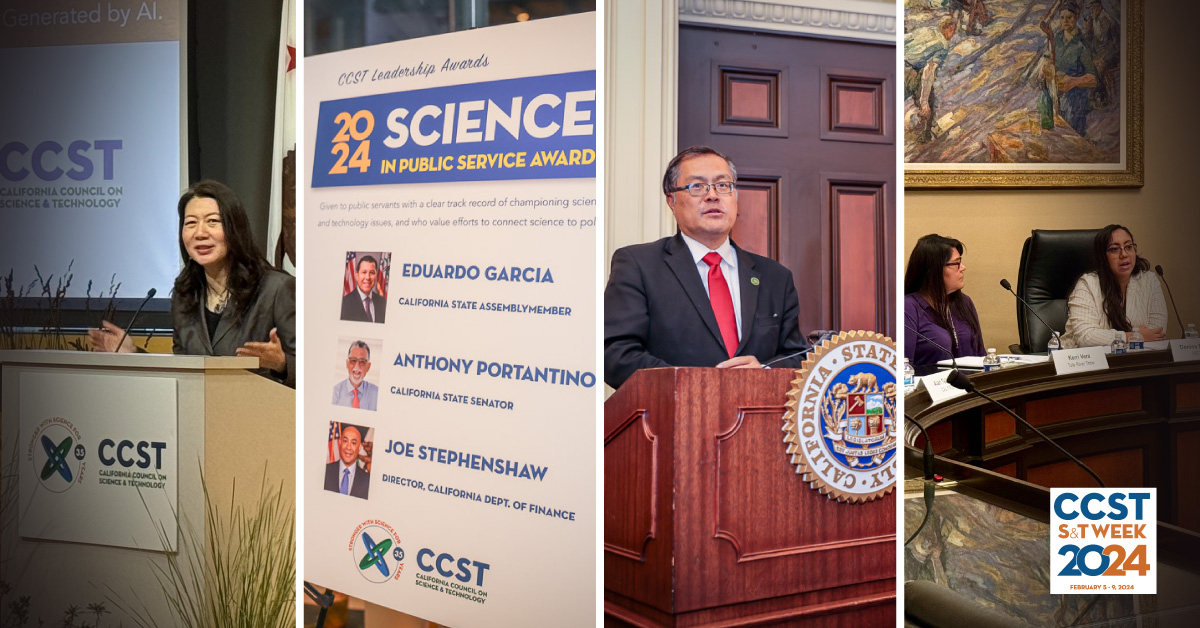Achieving Emissions Goals to be Major Challenge for California, According to CEF Study
November 15, 2010 | CCST Newsroom | Contact: M. Daniel DeCillis
 California must dramatically overhaul its energy systems if the state is to achieve its ambitious goals of reducing total greenhouse gas emissions to 1990 levels by 2020 and even lower by 2050, according to the California’s Energy Future (CEF) project report being released this fall.
California must dramatically overhaul its energy systems if the state is to achieve its ambitious goals of reducing total greenhouse gas emissions to 1990 levels by 2020 and even lower by 2050, according to the California’s Energy Future (CEF) project report being released this fall.
“Effective mitigation is going to require that we get down to near zero emissions,” said project co-leader Jane Long, Fellow of the Center for Global Strategic Research and Principal Associate Director at-Large of Lawrence Livermore National Laboratory. “Our study is about what would it take to do it.”
The CEF committee found California’s targets as challenging as expected. To reduce total emissions to 80 percent of 1990 levels by 2050 would require cutting the rate of emissions by some 90 percent when population growth is factored into the equation, according to Long. Even with increased efficiency, demand for electricity generation would more than double because eliminating fossil fuel use is critical to reducing emissions. The only substitutes for heating and transportation are electricity or biofuels. So electricity demand would increase and, for the heavy transportation that cannot be electrified, new biofuel sources would be required.
“The long view takes you to a different pathway than the 2020 view,” said CCST Vice Chair Mim John. “Whether the state – or the nation for that matter – has the wherewithal to make a difference is really questionable at this point.”
The study focused on existing technologies and known energy sources, primarily renewable energy, fossil fuel with sequestration of emitted carbon dioxide, nuclear power, and biofuels. The two-year study brought together scientists, engineers and economists to analyze possible paths to the energy future envisioned by the Global Warming Solutions Act of 2006 and Gov. Arnold Schwarzenegger’s Executive order, S-3-05. The legislation, AB 32, calls for cutting emissions to 1990 levels in the next decade while Schwarzenegger’s order requires emissions to be reduced to 80 percent of 1990 levels by 2050.
The report outlines three to six portraits of energy systems that would meet these goals and provide reliable, clean energy to California’s growing population. In the first stage of its work, the committee conducted a set of “stress tests,” simulations examining the scale of operations necessary for a known technology to meet the state’s energy needs and emissions targets for 2050. They also attempted to predict what barriers might block efforts to reach that scale.
“I think what we’re trying to do is have a long-term influence on how people think about the problem,” said Long. “It’s my belief that if you don’t know where you’re going, you won’t get there.”
The starting point for the CEF project was a $3 million national America’s Energy Future study supported by the National Academy of Engineering, the National Research Council, Dow Chemical, the Kavil Foundation, the Intel Corporation and the U.S. Department of Energy. Increasingly, CCST has taken responsibility for interpreting and focusing the National Academies’ research for a California audience. It performed a similar task in 2005, when it analyzed the implications for the state of the National Academies’ report, Rising Above the Gathering Storm, at the request of the Governor.”
Dozens of experts from Lawrence Livermore, Lawrence Berkeley, UC Davis’ Institute of Transportation Studies, California Institute of Technology, UC Irvine, Stanford’s Energy Modeling Forum, the Electric Power Research Institute, and the Natural Resources Defense Council have volunteered their time to conduct the analyses. Nobel Laureate Burt Richter testified on the report and the nuclear power component at the California Senate Energy, Utilities & Communications Committee Hearing on October 27th.”
“I think it’s going to inform policymakers on the changes and the steps we will need to make to move to a low carbon future in a dramatic way,” said Jeffrey Byron, public-at-large commissioner of the California Energy Commission. “This is not business as usual. We need to change what we’re doing and we need to start turning the big ship of state right now.”






